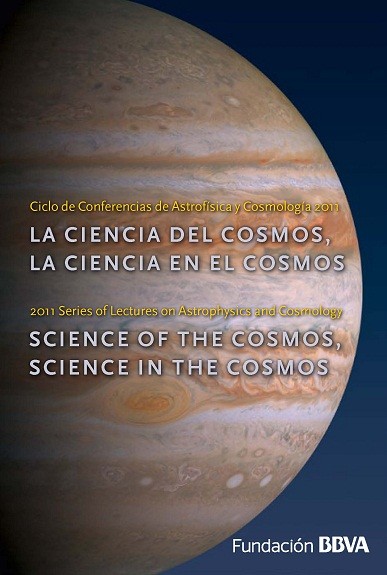
DVD
Science of the Cosmos, Science in the Cosmos
1st Astrophysics and Cosmology Lecture Series (2011)
Research on how the universe began, what it is made of and what kind of objects it contains, is going through something of a golden age. Space missions, large telescopes and ground-based experiments are bringing today’s researchers tantalizingly close to some of the answers science has sought through past millennia.
But new questions continue to arise: How many planets similar to Earth are orbiting other stars, and can we set out to find them? Why, at some point some 13,000 million years ago, did a tiny, hot universe begin expanding in a Big Bang? These are some of the topics covered in the astrophysics and cosmology lecture series organized by the BBVA Foundation.
The lectures are in English with Spanish subtitles and the booklet is published in English and Spanish.
Speakers:
- Kip Thorne, California Institute of Technology (Caltech): The Warped Side of Our Universe: From the Big Bang to Black Holes and Gravitational Waves
- James Cronin, University of Chicago: Cosmic Rays: A Century of History and Current Research
- Ewine Van Dishoeck, Leiden University: Planet Formation and the Ingredients for Life Among the Stars
- Martin Asplund, Max Planck Institute for Astrophysics: The Cosmic Origin of the Elements: From the Big Bang and Exploding Stars to Planets and Life
- David Spergel, Princeton University: Taking the Baby Picture of the Universe
- Gerard ‘t Hooft, Utrecht University: The Large Hadron Collider, the Higgs Particle, and Where We Stand Now
- Konrad Kuijken, Leiden University: Gravitational Lensing: Studying Dark Matter and Dark Energy Light Rays
Director of the series:
- Ana Achúcarro, Leiden University, University of the Basque Country
